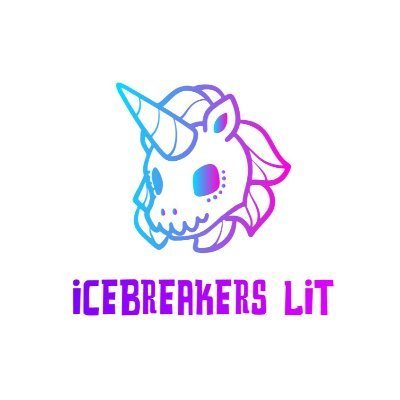Interview on Collaboration with Salena Casha and Leigh Loveday
Sometimes the hardest part of collaborating is getting started. Here are some tips from creators that have collaborated — sometimes with an absolute stranger — and made something wonderful!
Did you know your partner in collaboration beforehand? Explain how you got together.
Salena: I enrolled in Icebreakers Lit’s Haunting opportunity and elected to be both an architect and a haunter. I was lucky enough to be paired with Leigh to haunt the street he had created and, even though our piece wasn’t selected for the initial issue, Leigh had left his email address on his piece and I reached out. By kismet, Leigh responded and we decided to continue to evolve the piece in the weeks that came after via email.
Leigh: I was very curious about who ended up haunting the location I submitted, and hearing from Salena directly solved that puzzle with zero effort on my part, for which I am most grateful. I think we felt that what we had by the end of the original, anonymous Tiny Hauntings team-up was 300 words of potential that just needed a bit more room to breathe, and we were keen to see how those characters in that scenario might grow to fit the space.
How did you collaborate? What was your process?
Salena: We collaborated on a shared document through a combination of in line comments, tracked changes, and spun off of one another as we evolved the piece. It was very much a building upon one another’s strengths exercise and, prior to going into editing, we corresponded via email to lay out our plan of attack. The process evolved organically and, I think, having both of us be open to the collaborator’s thoughts helped make the work the best it could be.
Leigh: We were appallingly civilised, asking each other who wanted to expand on which elements of the story and to suggest which way things might twist and turn, and we refused to let any ego sneak in to ruin the fun. A couple of hundred words or so got added each time we shuttled the story back and forth, refocusing on editing towards the end – I think we did three or four passes each before we had a version we felt was offering up the right story at the right length.
What were some challenges you faced during the collaborative process, and what did you learn?
Salena: For me, I think it was understanding when the piece was finished. I have a tendency to over-edit to the point where I’m not sure if I’ve gone too far. I don’t think Leigh and I really faced that in this piece but I think that’s mostly in part due to the fact that our writing styles and ways of editing really complemented one another.
Leigh: This was my first time properly collaborating on a story, and as my day job involves editing other people’s work, it was tough to predict how I’d respond to someone changing and editing my own. What if they were some kind of sentence-bludgeoning, narrative-murdering maniac? I just had to accept that those concerns were rooted in my own insecurity and get past it. Mercifully, Salena is a delight and not a maniac at all, or at least not in any way she’s allowed me to see.
Any final words of advice for future collaborators?
Salena:
If you don’t know where to begin, I highly recommend using zines like Icebreakers Lit or Spark to Flame Journal type calls where the editors either randomly or purposefully pair you with someone you’ve never met before
Be open and flexible: bring a “yes and” approach to the work of your writing partner and find a shared voice rather than prioritizing your own voice in the piece
Come up with a shared way of working ahead of beginning. Identify what you want to write: subject, lengths, themes, and, as the piece evolves ensure you’re communicating regularly of the direction you could see the work going.
Leigh:
If you’re going to collaborate, collaborate! Remember your new partner loves tinkering with words as much as you do, so don’t hoard the writing and try not to overwrite or undervalue what they bring to the party.
Embrace it as an opportunity to try something a little different that draws on both authors’ strengths. Maybe even use it as a way to explore a genre, subject or approach that you’ve never tackled before.
Do it at least once to see how it feels! The final version of ‘Testimony’ definitely reads differently to how I would have written it solo, and that’s fascinating to me. Whether or not you sub the work and whoever handles the subbing (which is also something to think about), the end result leaves you with a subtly different kind of pride that it’s a kick to be able to share with someone else.
Read Salena Casha and Leigh Loveday’s piece, “Testimony”
Salena Casha's work has appeared in over 100 publications in the last decade. She survives New England winters on good beer and black coffee. Subscribe to her substack at salenacasha.substack.com. Leigh Loveday grew up in industrial south Wales and now lives in the English Midlands, editing videogame blurb by day and writing fiction aggressively slowly by night. Find him clinging to the dry husk of Twitter/X @MrLovelyday.
